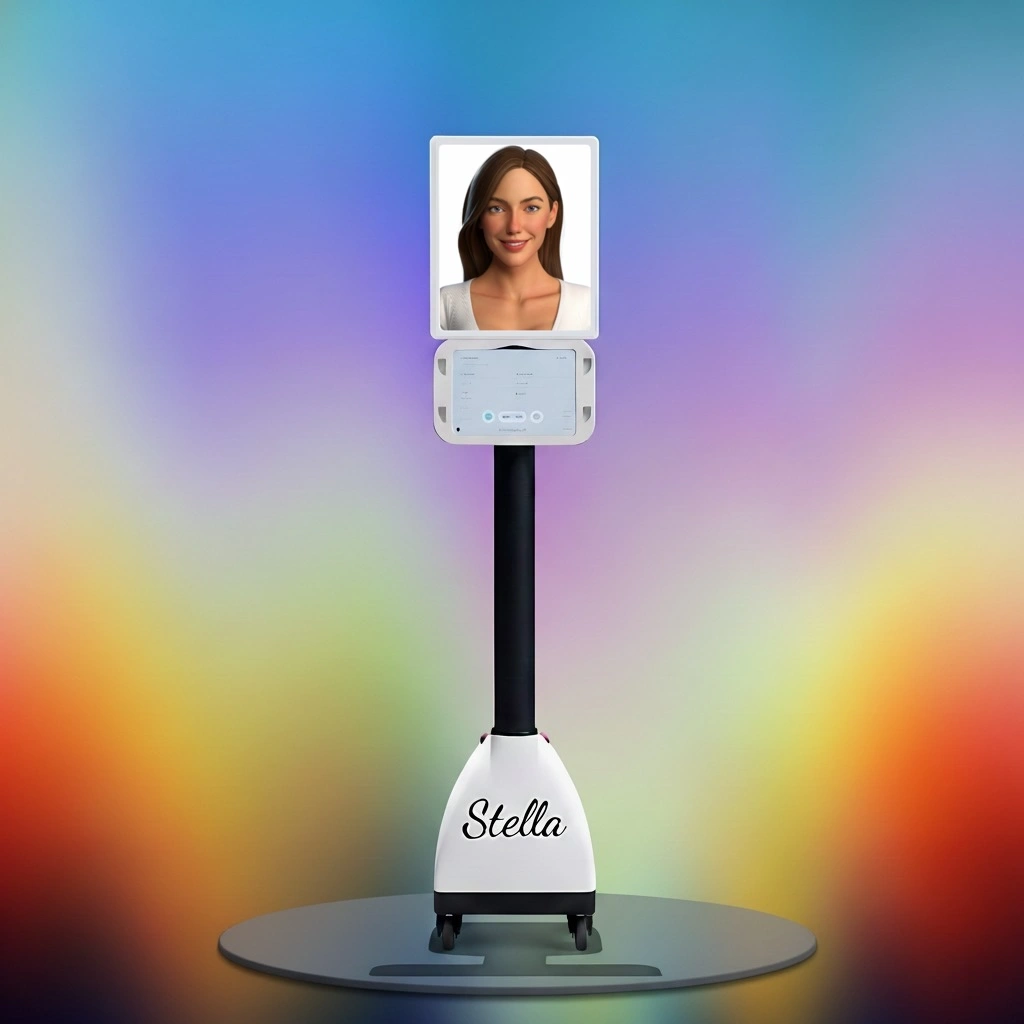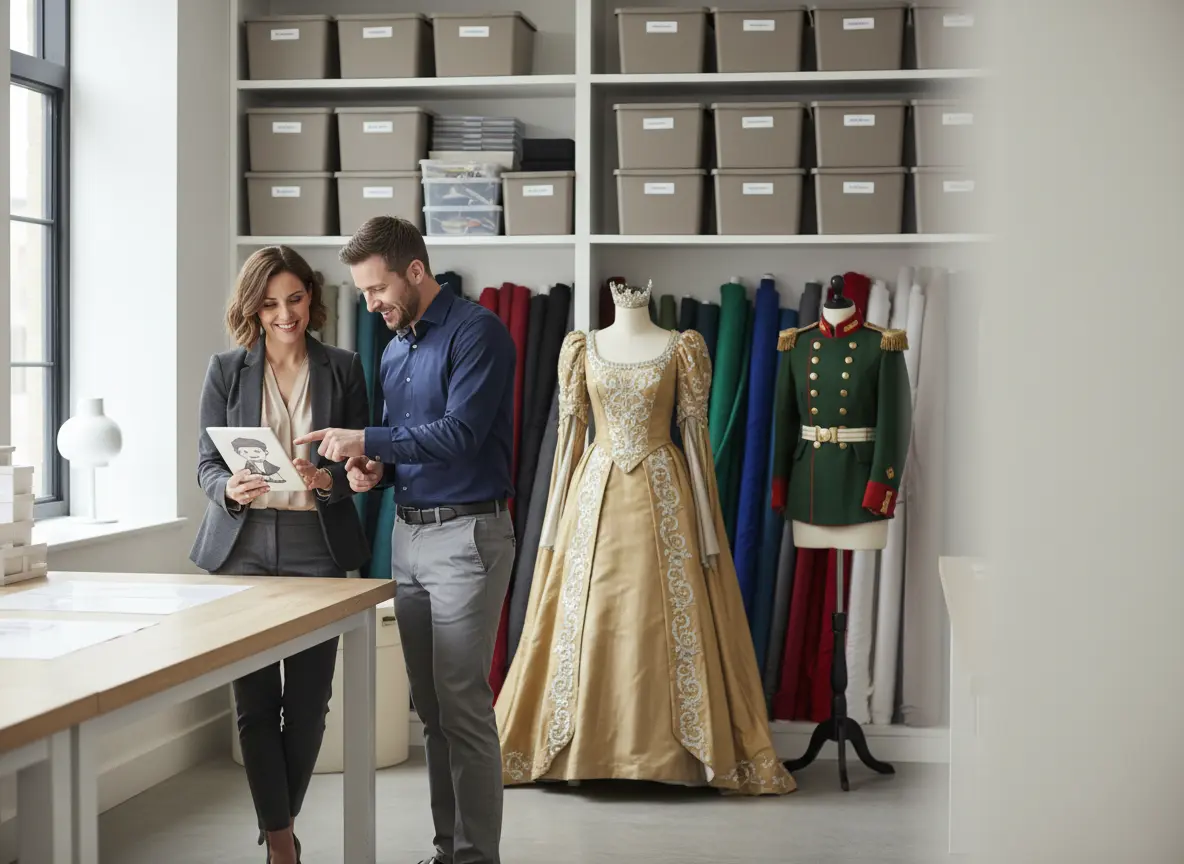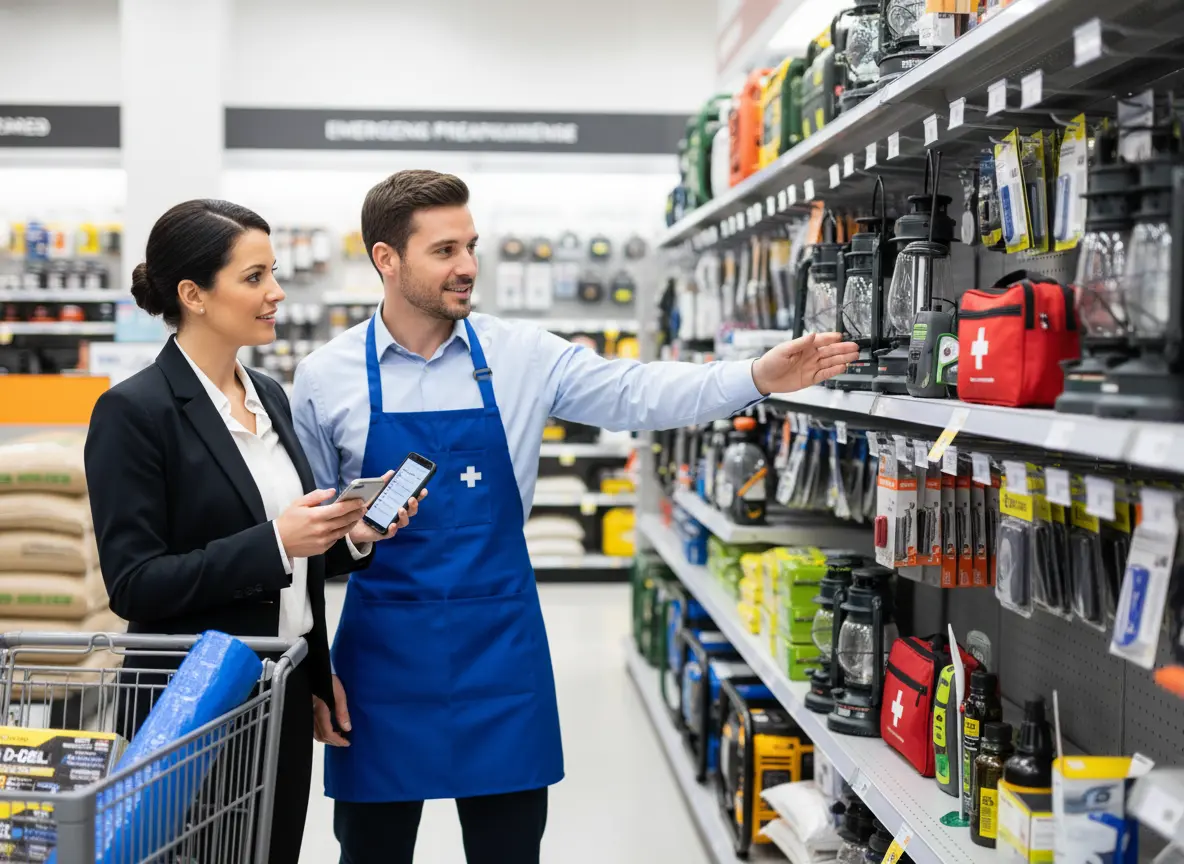Are Your Shelves a Museum for Unsold Products?
Let’s be honest. Every retailer has "that one item." You know the one. It’s been sitting on the shelf since your grand opening, collecting a fine layer of dust and existential dread. You see it every day, a silent, mocking testament to a buying decision you’d rather forget. If you squint, you can almost see it aging in real time. This lonely product isn't just taking up physical space; it’s a freeloader living in your stockroom, tying up your cash and quietly judging your life choices.
This, my friend, is the painful reality of poor inventory turnover. It's one of those dry, business-school terms that can make your eyes glaze over, but ignoring it is like ignoring a slow leak in a boat. Eventually, you’re going to sink. Mastering your inventory turnover rate isn't about complex algorithms or mystical retail sorcery. It's about turning your store from a product museum into a dynamic, cash-generating machine. And lucky for you, we’re here to show you how, with a healthy dose of reality and a sprinkle of sarcasm.
What's Lurking in Your Stockroom? Unpacking the Nitty-Gritty of Inventory Turnover
Before you can fix the problem, you have to understand it. Think of inventory turnover as your store's financial pulse. A strong, steady beat means you have a healthy business. A weak, thready one… well, you might want to call a business doctor. Let's dive into the what, why, and oh-no of this crucial metric.
Calculating Your Turnover Rate (Without Crying)
Okay, deep breaths. There’s a formula, but I promise it’s not advanced calculus. The most common way to calculate your inventory turnover ratio is:
Inventory Turnover = Cost of Goods Sold (COGS) / Average Inventory
Let's break that down. Your COGS is what it cost you to buy all the stuff you sold over a period (say, a year). Your Average Inventory is the average value of the inventory you held during that same period. You can find it by adding your beginning and ending inventory values and dividing by two.
Example: Let's say your COGS for the year was $200,000. You started the year with $40,000 in inventory and ended with $60,000. Your average inventory is ($40,000 + $60,000) / 2 = $50,000. So, your turnover rate is $200,000 / $50,000 = 4. This means you sold and replaced your entire inventory four times that year.
Is 4 a good number? It depends. A grocery store selling perishable milk might have a turnover of 50, while a high-end furniture gallery might be happy with a 2. For general retail, a rate between 4 and 6 is often considered healthy. The key is to know your industry's benchmark and, more importantly, to improve your own number over time.
Why This Boring Metric is Your Secret Superpower
Tracking this number is more than just homework; it’s a window into your business's soul. A healthy turnover rate is a superpower that grants you several amazing abilities:
- Unlocked Cash Flow: This is the big one. When inventory sits, your cash sits with it. Faster turnover means money is constantly flowing back into your business, ready to be reinvested in new, exciting products, marketing, or, you know, paying the bills.
- Reduced Holding Costs: That "stuff" in your backroom costs money. We’re talking storage space, insurance, potential damage, and the dreaded obsolescence. Think of the neon green skinny jeans from 2012. The longer they sit, the more they cost you and the less likely they are to ever sell for a profit.
- The Aura of "Freshness": Shoppers are drawn to what's new and exciting. A store that constantly refreshes its stock feels vibrant and relevant. Nobody gets excited about visiting a store that looks exactly the same as it did six months ago. High turnover means newness, which means repeat customers.
The Telltale Signs of a Turnover Problem
Not sure if you have a problem? Your store is probably sending you smoke signals. Look out for these red flags:
- Your stockroom resembles a scene from an organizational disaster show.
- You find yourself putting the same items on the clearance rack season after season.
- Your "new arrivals" section is looking suspiciously familiar.
- You have more dust cloths than you have new purchase orders.
- Your cash flow is tighter than a pair of skinny jeans after a holiday feast.
If any of these sound familiar, don’t panic. Let's talk about turning things around.
Turning "Shelf Warmers" into "Hot Sellers"
So, you’ve identified the culprits—the products that are overstaying their welcome. Your first instinct might be to slash prices with a giant red marker. While discounting has its place, it can also kill your margins and devalue your brand. A more elegant solution is strategic promotion, and that’s where a little help can go a long way.
The Art of Strategic Promotion (Not Just Slapping on a Red Tag)
Instead of a fire sale, get creative. Bundle a slow-moving item with a bestseller. Create a "product of the week" display right at the front of the store. The challenge is execution. Your staff might be busy with other customers and forget to mention the special, or maybe the promotion just isn't reaching enough people.
This is a perfect job for a tireless, perfectly-on-message employee. An in-store assistant like Stella can be your secret weapon for moving targeted inventory. Placed at the entrance, she greets 100% of your foot traffic and can be programmed to highlight exactly what you need to sell. Imagine a customer walks in, and instead of wandering aimlessly, they're greeted with, "Welcome! Just so you know, when you buy any of our best-selling candles today, you can get one of our beautiful ceramic holders for 50% off!" Suddenly, that slow-moving ceramic holder has a spotlight on it. Stella never gets distracted, never forgets the promotion, and can even track which offers get the most questions, giving you valuable data for future sales.
Proactive Strategies to Keep Your Inventory Flowing
Clearing out old stock is reactive. The real goal is to prevent it from piling up in the first place. This requires a shift from "I think this will sell" to "The data shows this will sell." It's about being a shrewd operator, not just a passionate curator.
Buy Smarter, Not Harder: The Magic of Data-Driven Purchasing
Your Point of Sale (POS) system is a treasure trove of data. Stop guessing and start analyzing. Run a sales report and categorize your products using the ABC analysis method:
- A-Items: Your superstars. These are the top 20% of your items that generate 80% of your revenue. Never, ever run out of these. Protect them like family.
- B-Items: Your steady eddies. They sell consistently but don’t fly off the shelves. Keep them stocked reliably.
- C-Items: Your slowpokes. The bottom chunk of your inventory that contributes very little to sales. This is where the bloat happens. Scrutinize every C-item. Should you stop carrying it? Order it in much smaller quantities? Find a better alternative? The data holds the answer.
Use this data to forecast demand. Look at last year's sales for the same period. Account for holidays, seasons, and local events. Don't order a truckload of Christmas sweaters on December 20th and wonder why you're stuck with them in January.
The "Just-in-Time" Philosophy (for the Rest of Us)
You don't need a Toyota-sized factory to benefit from Just-in-Time (JIT) principles. The core idea is simple: reduce the amount of time your inventory sits in your stockroom. For a small retailer, this could mean placing more frequent, smaller orders with your key suppliers rather than one giant, capital-intensive order per season. This improves cash flow and reduces the risk of getting stuck with a massive quantity of a product that turns out to be a dud. It requires good supplier relationships and a bit more planning, but the payoff in flexibility and cash on hand is enormous.
Train Your Team to Be Inventory Champions
Your sales associates are your front-line intelligence. They hear what customers are asking for, what they’re complaining about, and which products they rave about. Create a simple system for them to share this feedback. They can also be instrumental in moving inventory through smart sales techniques. Train them on cross-selling and upselling. When a customer buys a dress, do they suggest the matching belt? When they buy a bag of coffee, do they mention the new mugs that just came in? An engaged team that understands the importance of inventory flow is an invaluable asset.
A Quick Reminder About Stella
Remember, tackling inventory challenges is easier when your team has support. An AI retail assistant like Stella works 24/7 to promote your key products, answer customer questions, and ensure no sales opportunity is missed. This frees up your human staff to focus on bigger-picture tasks like customer service, merchandising, and being the inventory champions you need them to be.
Conclusion: From Inventory Nightmare to Cash Flow Dream
Mastering inventory turnover isn't a one-and-done task; it's an ongoing discipline. But by focusing on the right metrics and strategies, you can transform your business. It means less capital trapped in your stockroom and more cash available to grow, adapt, and seize new opportunities.
Here’s your action plan:
- Calculate Your Rate: This week, pull the numbers and figure out your current inventory turnover rate. No more hiding. Knowledge is power.
- Identify a Target: Find one of your "C-list" products—that dusty item from the introduction—and create a specific, strategic plan to sell through it in the next 30 days.
- Review Your Buying: Before you place your next big order, look at the data. Let your sales history, not your gut, guide your decisions.
Stop letting your shelves become a retirement home for forgotten products. Start turning that inventory into what it's meant to be: the fuel for your business's success.





















